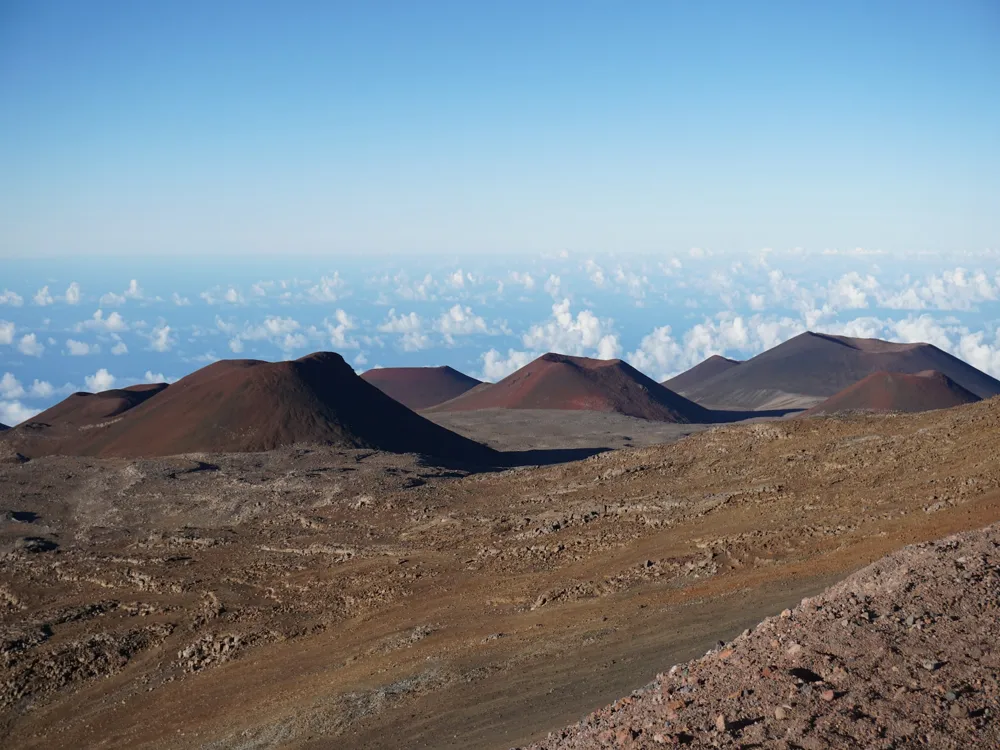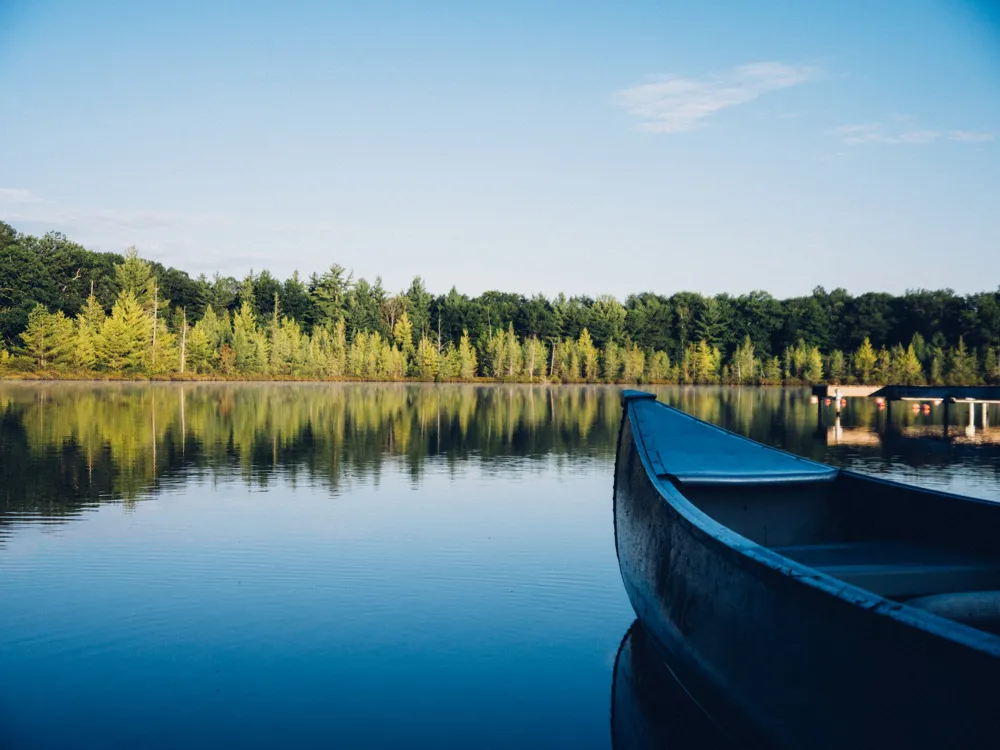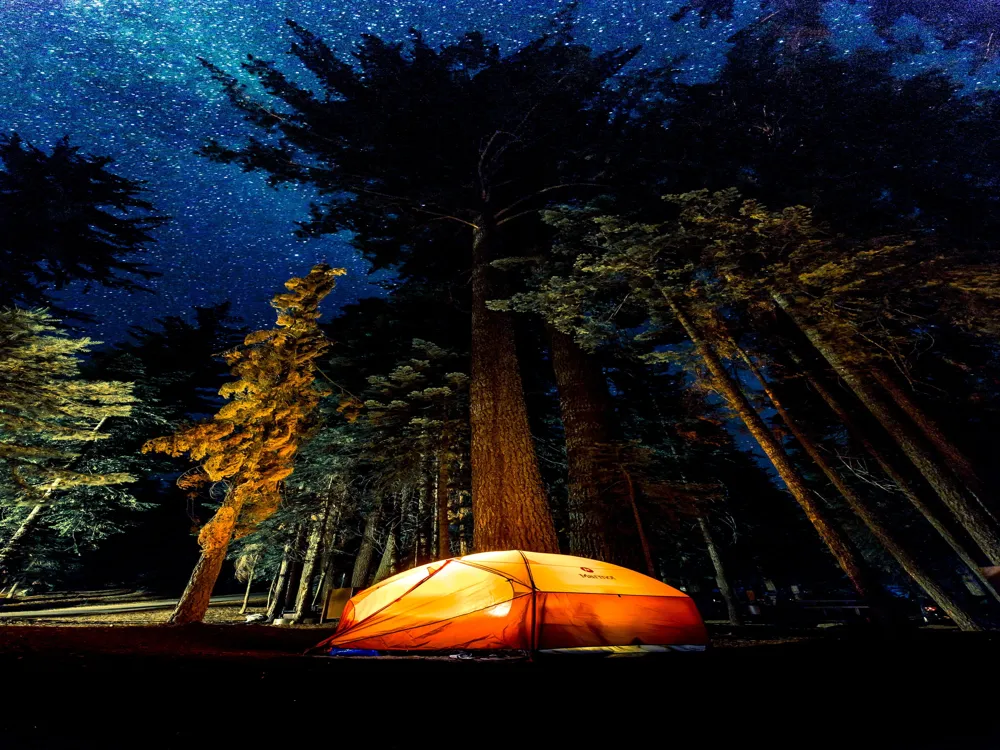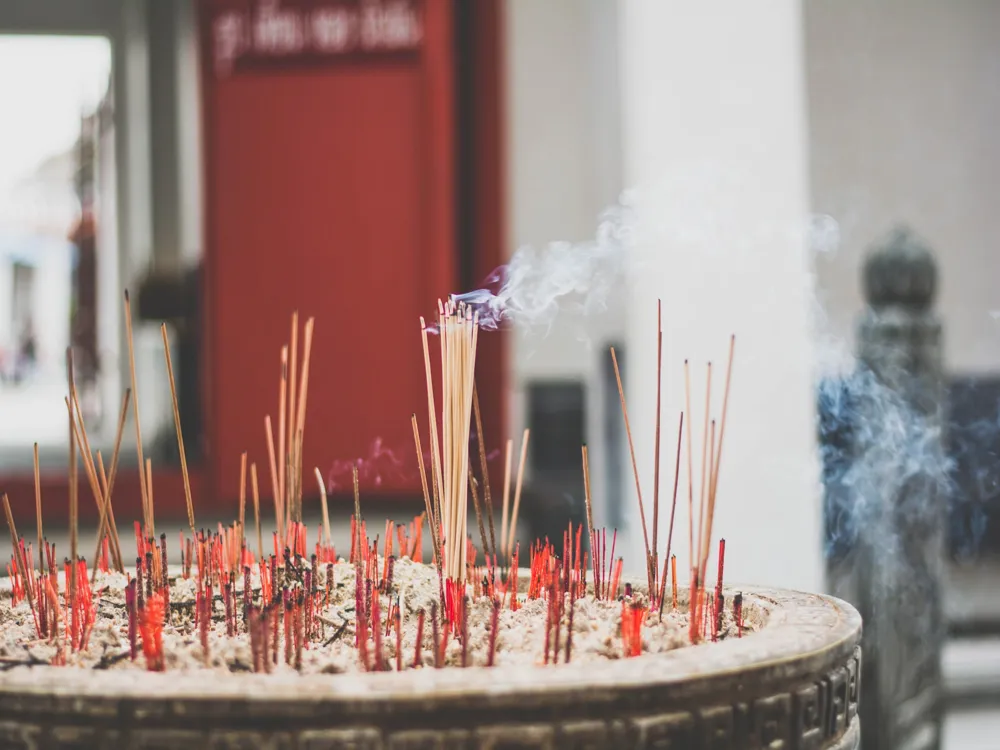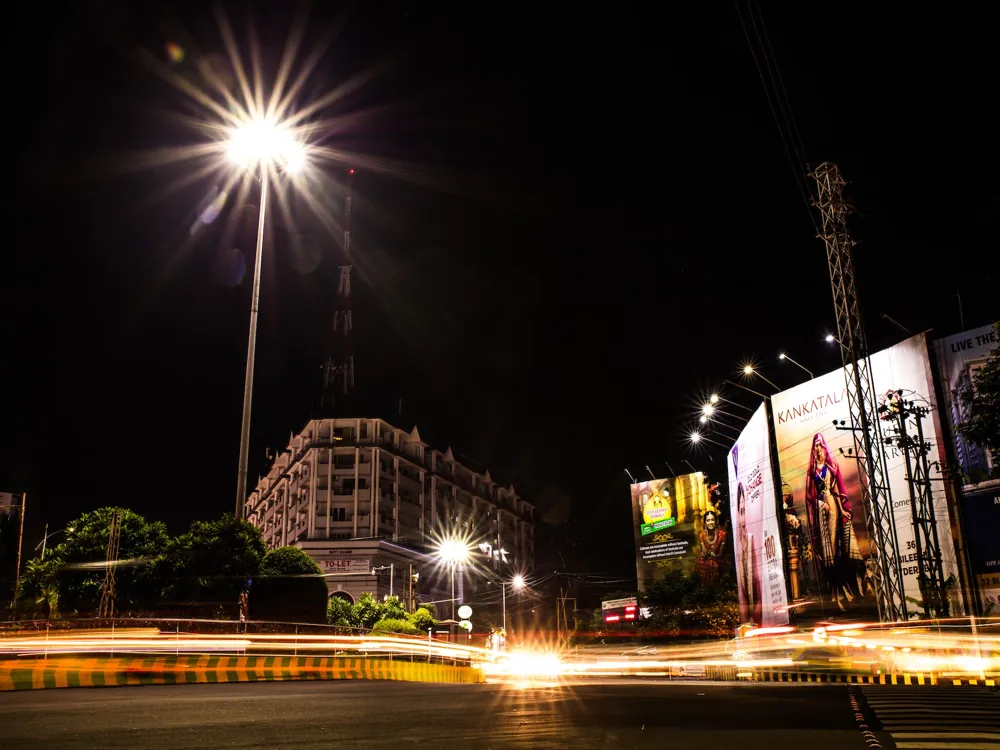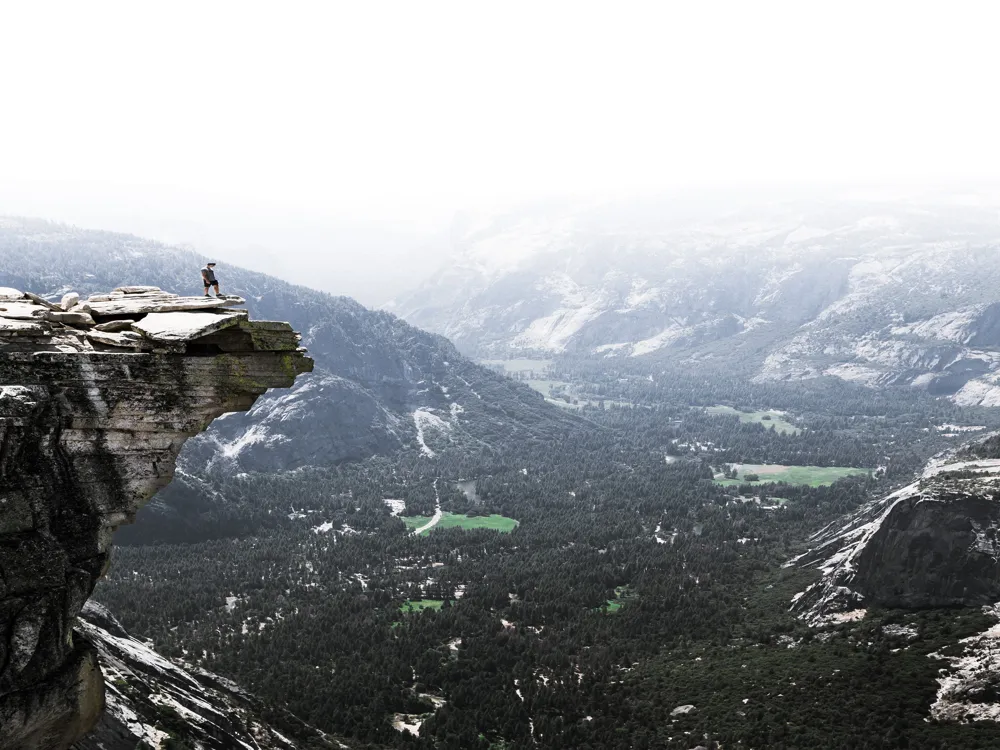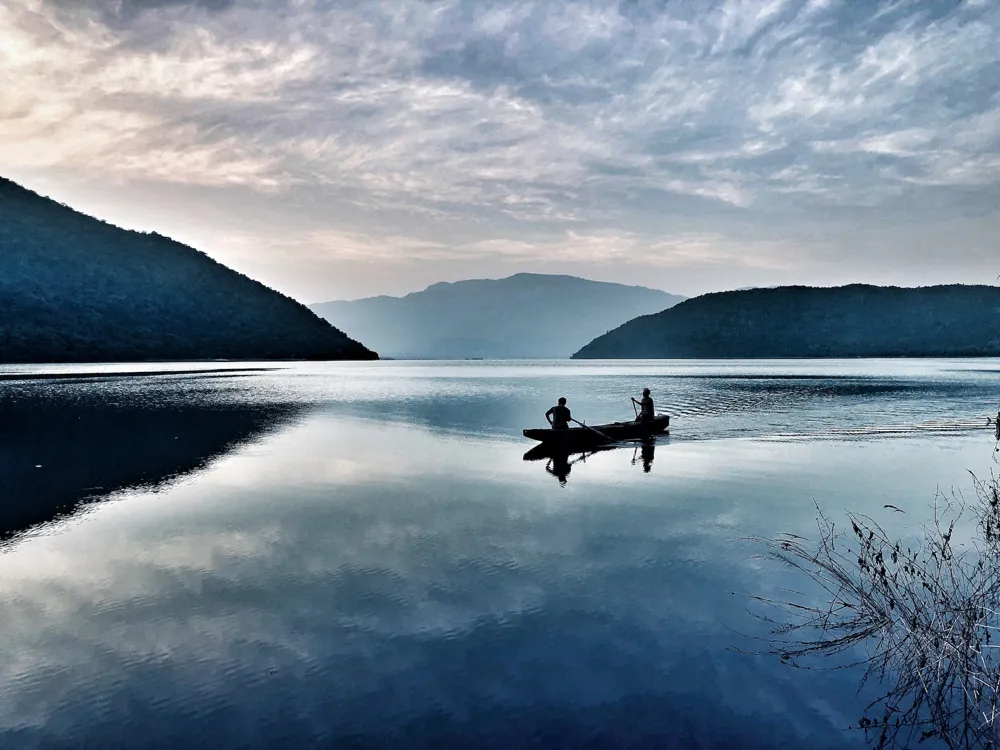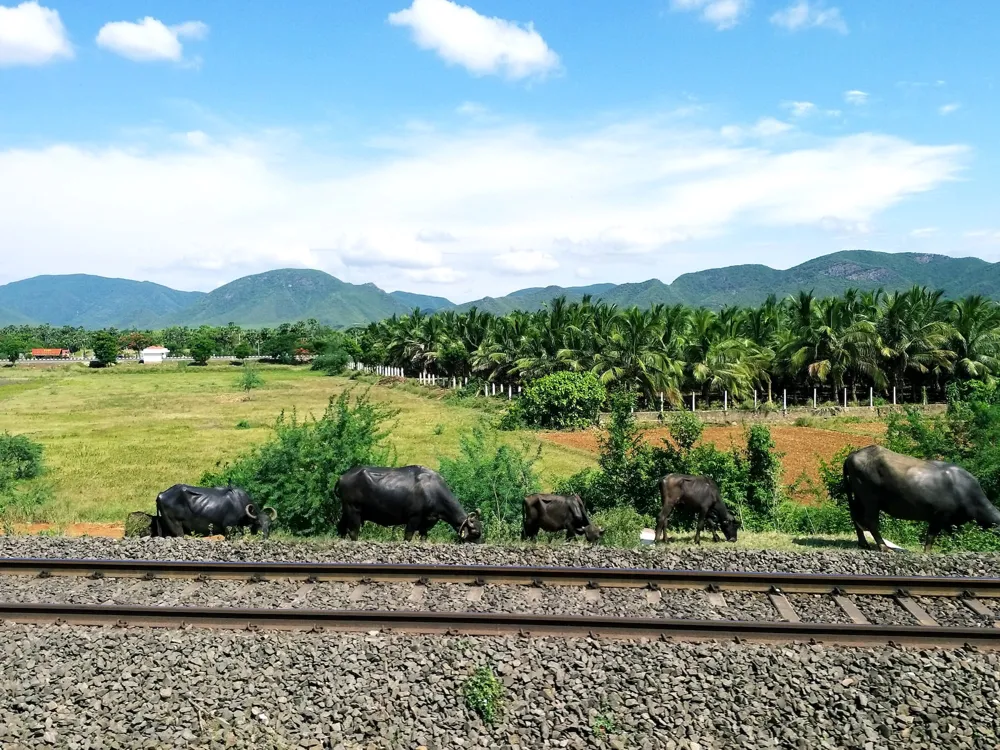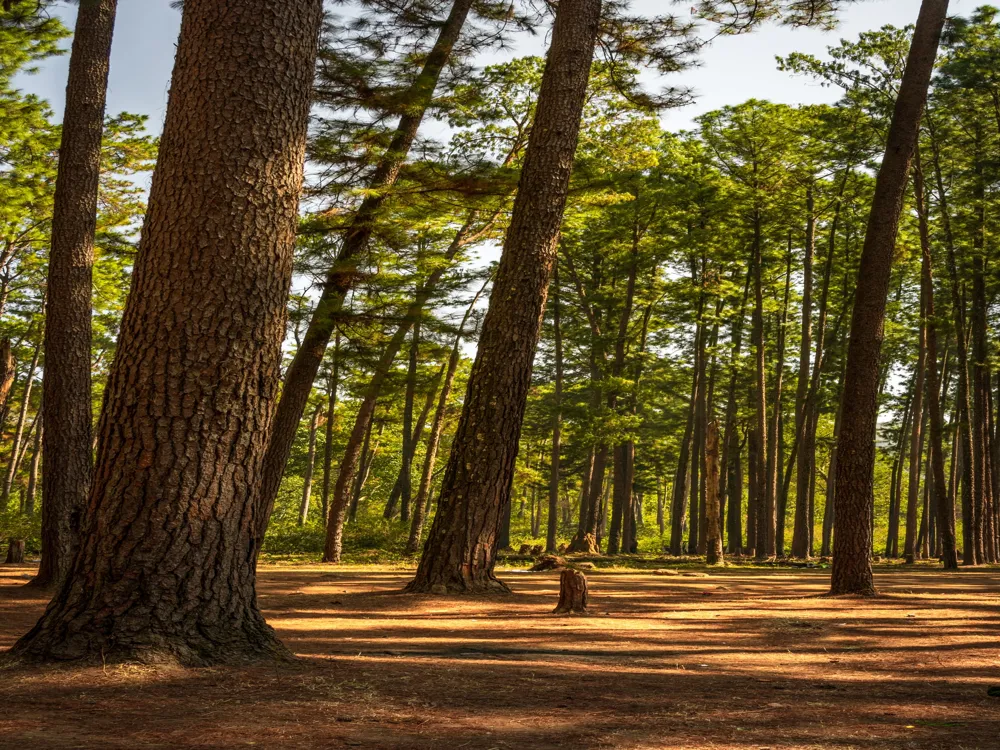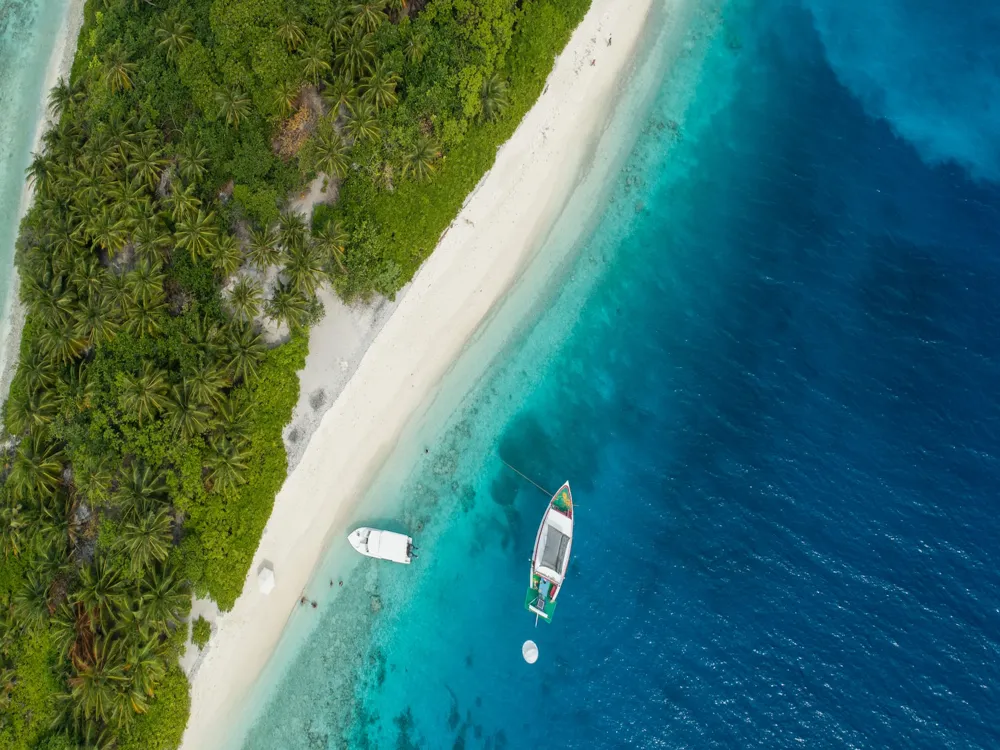Nestled in the lush landscapes of Ananthagiri Hills in Andhra Pradesh, Bhavanasi Lake is a hidden gem waiting to be discovered. Often referred to as the 'Ooty of Andhra', it offers a serene and picturesque escape from the hustle and bustle of city life. This enchanting lake, surrounded by dense forests and rolling hills, is not just a natural wonder but also a place steeped in history and mythology. The origins of Bhavanasi Lake are as mystical as its surroundings. Legend has it that the lake was created by Lord Brahma for his rituals. It's also believed to be the birthplace of River Musi, a major tributary of the Krishna River. This historical and spiritual significance makes Bhavanasi Lake a place of pilgrimage, attracting visitors from far and wide. The biodiversity of Bhavanasi Lake is remarkable. It's a haven for birdwatchers and nature enthusiasts. The lake and its surrounding areas are home to a variety of flora and fauna, some of which are endemic to the region. The lush green forests around the lake are a perfect backdrop for trekking, bird watching, and nature walks, making it an ideal destination for adventure seekers and nature lovers alike. The architecture of Bhavanasi Lake is a harmonious blend of natural beauty and human ingenuity. The lake itself, being a natural formation, is complemented by the carefully designed structures around it, which enhance its beauty without disrupting the ecological balance. One of the notable features is the ancient temple located on its banks, showcasing the intricate architectural style of the region's past eras. The temple's architecture is a testament to the skilled artisans of ancient Andhra Pradesh. Its walls are adorned with carvings and sculptures that depict various episodes from Hindu mythology, each telling a story of the gods and goddesses revered in the region. The temple not only serves as a place of worship but also as a cultural hub, preserving the ancient heritage and architectural marvels of the area. In addition to the temple, the landscape around Bhavanasi Lake is dotted with several small shrines and statues, each reflecting the artistic and spiritual history of the region. These structures are built using traditional methods, employing locally sourced materials like stone and wood, which blend seamlessly with the natural surroundings. The ideal time to visit Bhavanasi Lake is between October and March when the weather is pleasant, and the natural beauty of the lake and its surroundings is at its peak. Make sure to carry comfortable walking shoes, a hat, sunscreen, and a camera to capture the breathtaking views. If you plan on trekking, include appropriate gear. Respect the local culture and traditions, especially when visiting temples. Dress modestly and be mindful of the customs practiced in this region. Bhavanasi Lake is accessible by various modes of transportation. The nearest airport is in Visakhapatnam, from where you can hire a taxi or take a bus to Ananthagiri Hills. The closest railway station is in Srikakulam, and regular buses ply from major cities in Andhra Pradesh to Ananthagiri Hills. For those driving, the lake is well-connected by road. Read More: Best Time to Visit Ananthagiri HillsOverview of Bhavanasi Lake, Ananthagiri Hills, Andhra Pradesh
Architecture of Bhavanasi Lake
Tips When Visiting Bhavanasi Lake
Best Time to Visit
Packing Essentials
Local Etiquette
How To Reach Bhavanasi Lake
Bhavanasi Lake
Ananthagiri Hills
Andhra Pradesh
NaN onwards
View ananthagiri-hills Packages
Weather :
Tags : Lake
Time Duration : 1 Day
Best Time to Visit : August - December
Planning a Trip? Ask Your Question
Ananthagiri-hills Travel Packages
View All Packages For Ananthagiri-hills
Top Hotel Collections for Ananthagiri-hills

Private Pool

Luxury Hotels

5-Star Hotels

Pet Friendly
Top Hotels Near Ananthagiri-hills
Other Top Ranking Places In Ananthagiri-hills
View All Places To Visit In ananthagiri-hills
Faq on Ananthagiri-hills
What is Bhavanasi Lake in Ananthagiri Hills?
Bhavanasi Lake is a picturesque freshwater lake nestled in the serene surroundings of Ananthagiri Hills, offering visitors a tranquil escape amidst nature's beauty.
How do I reach Bhavanasi Lake in Ananthagiri Hills?
Bhavanasi Lake is easily accessible by road. You can reach Ananthagiri Hills via Vikarabad from Hyderabad, and then follow signs or directions to Bhavanasi Lake.
What activities can I do at Bhavanasi Lake?
Visitors can indulge in a variety of activities such as boating, fishing, nature walks, bird watching, or simply relaxing by the lakeside and enjoying the scenic views.
Is Bhavanasi Lake suitable for a family outing?
Yes, Bhavanasi Lake is an ideal destination for a family outing. With its serene ambiance and various recreational activities, it offers something for everyone to enjoy.
Are there any accommodations near Bhavanasi Lake?
While there might not be accommodations right next to the lake, there are resorts, guesthouses, and hotels available in the vicinity of Ananthagiri Hills where visitors can stay and explore the area.
View ananthagiri-hills Packages
Weather :
Tags : Lake
Time Duration : 1 Day
Best Time to Visit : August - December
Planning a Trip? Ask Your Question
Ananthagiri-hills Travel Packages
View All Packages For Ananthagiri-hills
Top Hotel Collections for Ananthagiri-hills

Private Pool

Luxury Hotels

5-Star Hotels

Pet Friendly
Top Hotels Near Ananthagiri-hills
Other Top Ranking Places In Ananthagiri-hills
Faq on Ananthagiri-hills
What is Bhavanasi Lake in Ananthagiri Hills?
Bhavanasi Lake is a picturesque freshwater lake nestled in the serene surroundings of Ananthagiri Hills, offering visitors a tranquil escape amidst nature's beauty.
How do I reach Bhavanasi Lake in Ananthagiri Hills?
Bhavanasi Lake is easily accessible by road. You can reach Ananthagiri Hills via Vikarabad from Hyderabad, and then follow signs or directions to Bhavanasi Lake.
What activities can I do at Bhavanasi Lake?
Visitors can indulge in a variety of activities such as boating, fishing, nature walks, bird watching, or simply relaxing by the lakeside and enjoying the scenic views.
Is Bhavanasi Lake suitable for a family outing?
Yes, Bhavanasi Lake is an ideal destination for a family outing. With its serene ambiance and various recreational activities, it offers something for everyone to enjoy.
Are there any accommodations near Bhavanasi Lake?
While there might not be accommodations right next to the lake, there are resorts, guesthouses, and hotels available in the vicinity of Ananthagiri Hills where visitors can stay and explore the area.







